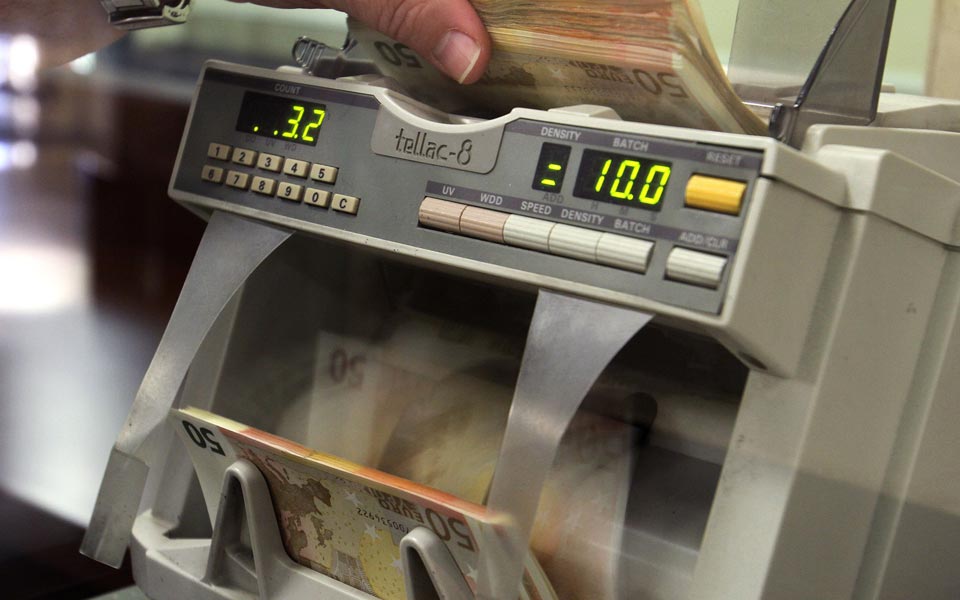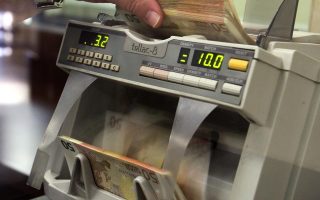Additional austerity projected for 2017

The first draft of the 2017 budget tabled on Monday in Parliament includes new taxes, social security contribution hikes and pension cuts totaling 3.3 billion euros, of which 2.5 billion is seen coming from taxes. It also includes an optimistic take on next year’s growth, projecting it at 2.7 percent of gross domestic product.
In an effort to sweeten the pill of the tough policy mix for households and enterprises, the Finance Ministry has also included in the budget a provision for 300 million euros to go toward social interventions in the areas of social protection and education.
Not only will that amount fail to ease the pain from the increased taxes and contributions and the pension cuts, but it has also not yet received the approval of the country’s creditors. Sources say that the 300-million-euro figure stems from the ministry’s expectations of a higher primary surplus; it is expected to rise to 2 percent of GDP next year against a bailout commitment for 1.75 percent. For 2016 the budget expects the primary surplus to come to 0.63 percent.
The general provisions of the draft budget are also awaiting the green light from the creditors, who will start examining the document in the context of the second bailout review.
The bulk of the fiscal adjustment for 2017 will come mainly from the increase in indirect taxes, amounting to 1.46 billion euros. The hikes mostly concern fuel, tobacco, coffee, fixed-line telephony and pay TV. The incomes of households and enterprises will also fetch more takings, due to the adjustment of income tax rates and the reduction in the tax-free threshold, while solidarity levy revenues are also going to grow.
The draft revealed a 439.2-million-euro decrease in the EKAS benefit from low-income pensioners next year and a possible postponement of the universal application of the Solidarity Social Income.
The 2017 figures fail to create the optimism that the target included in the budget for 2.7 percent growth can be achieved, while it remains to be seen whether the targets for a jobless rate of 22.4 percent from 23.5 percent expected at end-2016 is possible.





